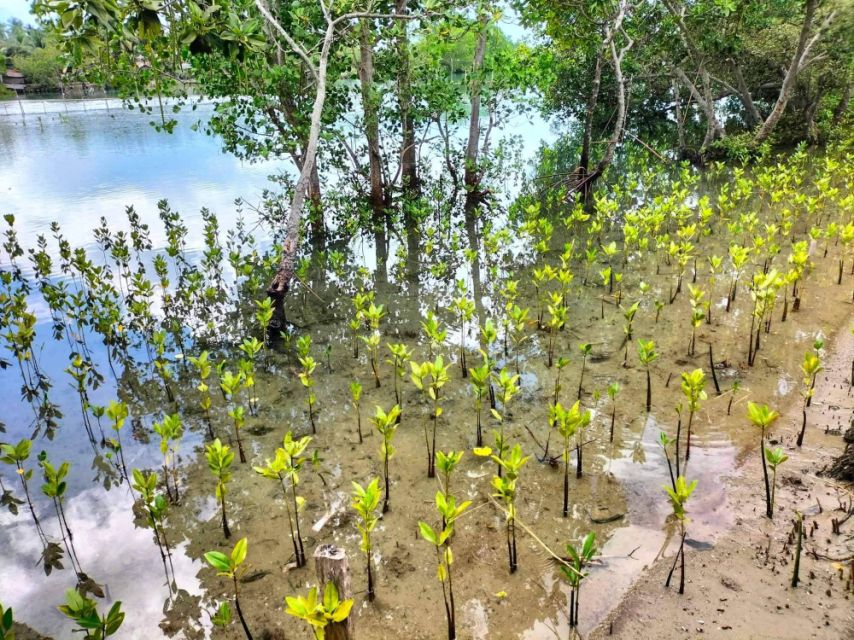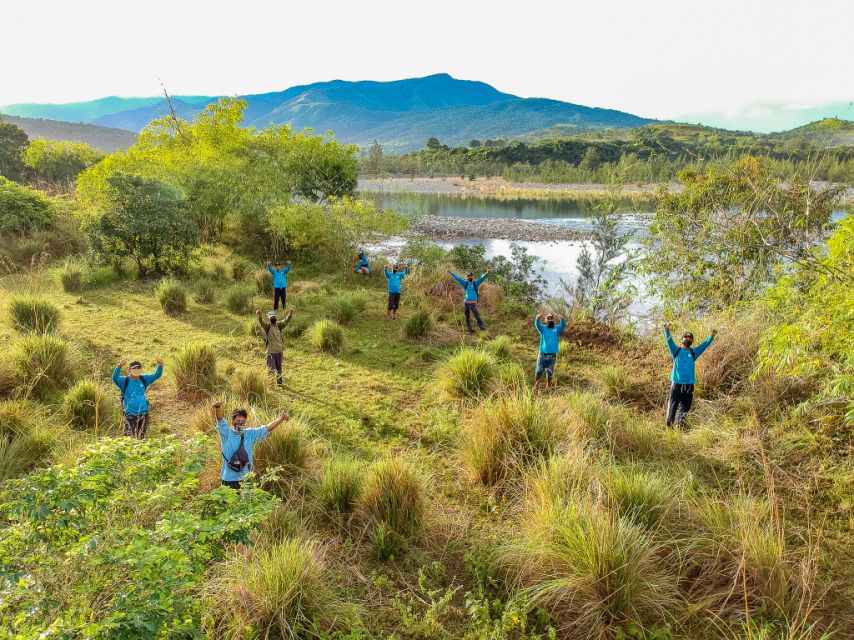Last Updated on November 7, 2022 by OJ Maño
Bolstering its climate action initiatives, San Miguel Corporation (SMC) power subsidiary SMC Global Power Holdings Corp. (SMCGP) reported successfully planting and growing over five million new trees and mangroves from 2019 to date under its multi-year, nationwide forestation and carbon capture program. The company said it is also expanding the project’s scope to reforest areas around its new Battery Energy Storage System (BESS) facilities—the first and most extensive network in the Philippines and Southeast Asia.
SMCGP’s Project 747
SMC President and Chief Executive Officer Ramon S. Ang said that as of October 2022, SMCGP’s “Project 747” initiative had yielded a total of 5,010,116 upland and mangrove trees across some 1,500 hectares of land.
The project aims to plant seven million trees on some 4,000 hectares of land in at least seven provinces. Thus far, SMCGP has grown in eight: Albay, Bataan, Bulacan, Davao Occidental, Negros Occidental, Pangasinan, Quezon province, and Zambales.
Read How Planting 1 Million Trees is part of SMCGP’s Project 747
However, the list is being expanded to cover areas where SMCGP’s battery storage facilities are installed or being put up. These include Albay, Bohol, Cagayan, Cebu, Davao del Norte, Davao de Oro, Isabela, Laguna, Leyte, Misamis Oriental, Pampanga, Pangasinan, and Tarlac. SMCGP is building a total of 31 BESS facilities with a total capacity of 1,000 MW.

The battery facilities, which will minimize power wastage and redirect unused capacity to remote areas, are the best and most sustainable technical solutions to the country’s power quality and reliability issues. They are seen to balance and improve access to power nationwide.
More importantly, it will make possible use of intermittent renewable sources such as solar and wind by efficiently storing the energy for electricity when the sun is not shining, or the wind is not blowing.
“Reforestation is one of the major sustainability priorities of the entire San Miguel Group. While we have had many similar efforts initiated by our various subsidiaries in the past, SMCGP has taken it to another level, planting a record 5 million trees in just under three years, with consistently high survival rates,” Ang said.
He credited SMCGP’s partner communities, people’s organizations, local government units, and employee volunteer with the success of the initiative so far.
He said that to ensure high survival rates for its trees–currently at around 90% for upland and coastal projects–SMGP partners with local communities to identify and plant needed indigenous tree species.

Community members are also engaged in taking care of and ensuring forests’ healthy growth under the program’s livelihood component.
“With our continued partnership with communities and local stakeholders, we are confident that not only will we reach our targets, but the trees we are planting today will grow to full maturity and benefit their surrounding environment for generations to come,” Ang said.
Read SMC plants 3.8 million trees in three years, Dumagats join reforestation efforts in Bulacan
He added that foresting the areas around its new BESS facilities also makes sense because the facilities themselves are a significant step to strengthening the entry of renewable energy capacities in the future.
“The major challenge of renewable power everywhere in the world is intermittence. With renewables, the ability to generate power is always limited. You cannot generate solar power at nighttime or when weather conditions block sunlight. You cannot produce wind power when there’s no wind. When there’s a drought, you also can’t produce hydropower. Battery storage is key to mitigating all these issues,” Ang said.
“That is why we have prioritized putting up the country’s first battery facilities and largest battery network to date. It is key to enabling the use of more renewable capacities in the grid and a critical part of our phased transition and expansion to cleaner and renewable power,” he added.
Ang emphasized that SMCGP’s transition away from coal power towards cleaner Liquefied Natural Gas (LNG) power and renewable energy is being pursued responsibly “without compromising our developing economy’s growing need for reliable and affordable power, and while also continuing effort to bring basic electrification to the entire country.”